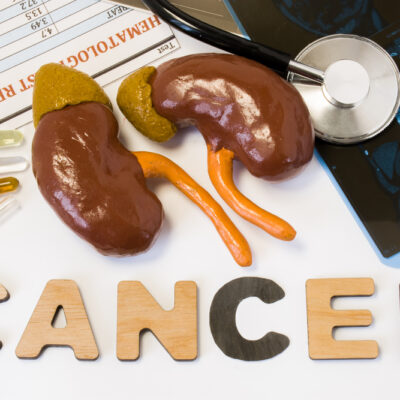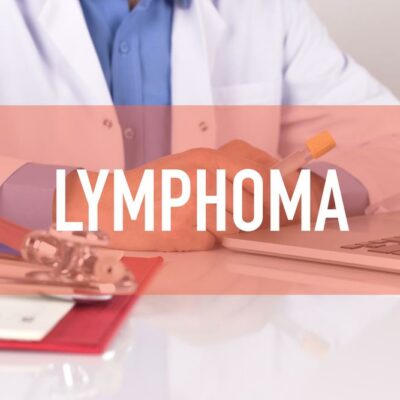
Health
10 Superfoods to Help Relieve Gout
Gout is inflammatory arthritis, which occurs due to the presence of excessive uric acid in the blood . Gout is marked by symptoms such as pain, extreme stiffness, redness, and swelling in the joints. The knees, big toes, elbows, and ankles are the parts that most commonly get affected by gouty arthritis. On diagnosis, gout is normally treated with anti-inflammatory medicines as well as drugs that help prevent the deposit of uric acid within the body joints. Moreover, watching your diet and maintaining good eating habits can also keep your uric acid levels in control. Following are ten superfoods that you should be eating if you have been diagnosed with gout. Tart cherry juice Tart cherries are sour and have much more health benefits than regular, sweet cherries. Tart cherry juice is rich in Vitamins A, C, and K, as well as potassium, manganese, and copper. Regular consumption of tart cherry juice is known to reduce muscle soreness and inflammation in the body. Turmeric Turmeric has long been acknowledged as a miracle food for its immense healing and anti-inflammatory powers. Adding turmeric to your daily diet will slow down the activity of enzymes in your body and act as a natural painkiller as well.
Read More 















